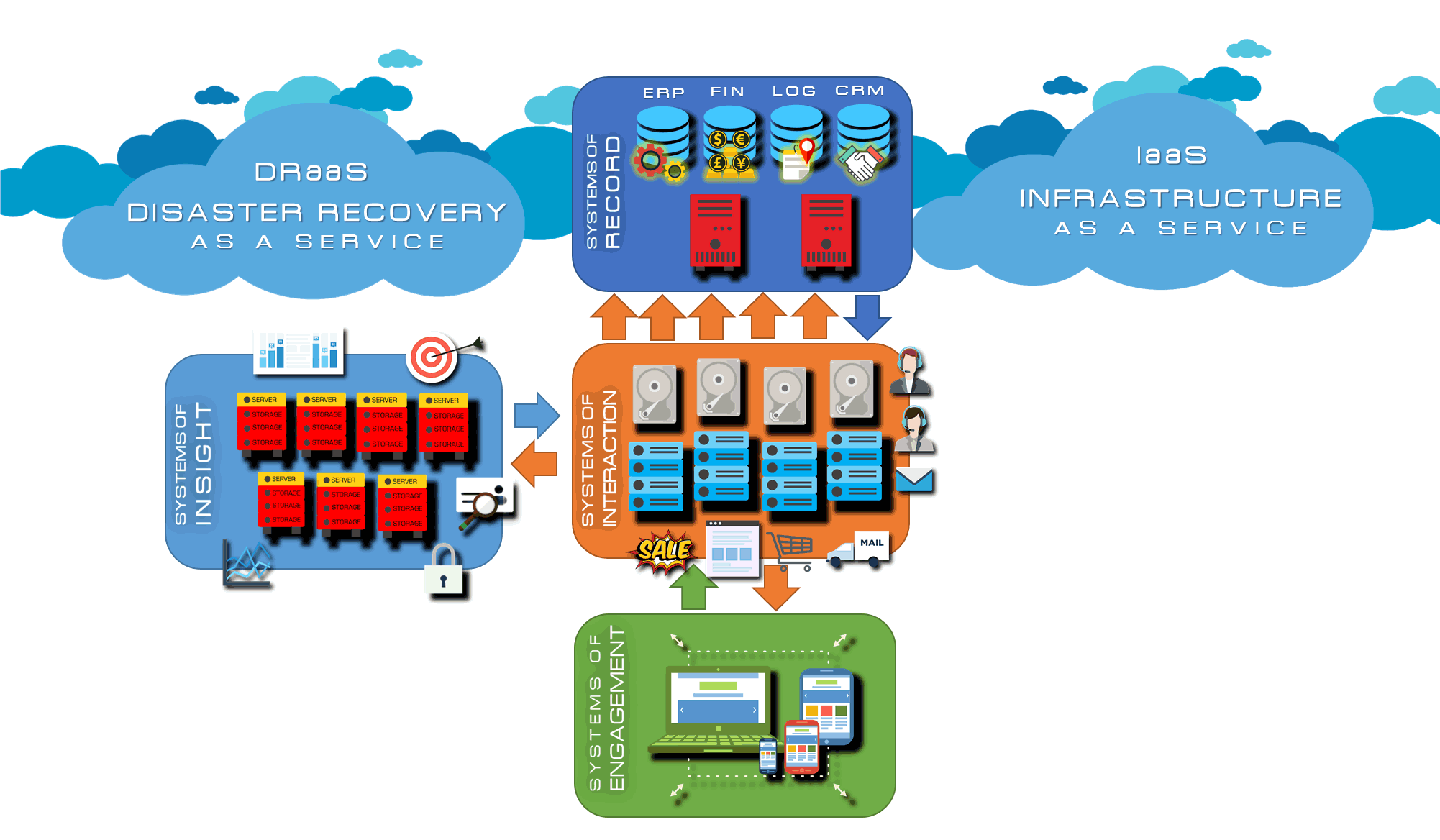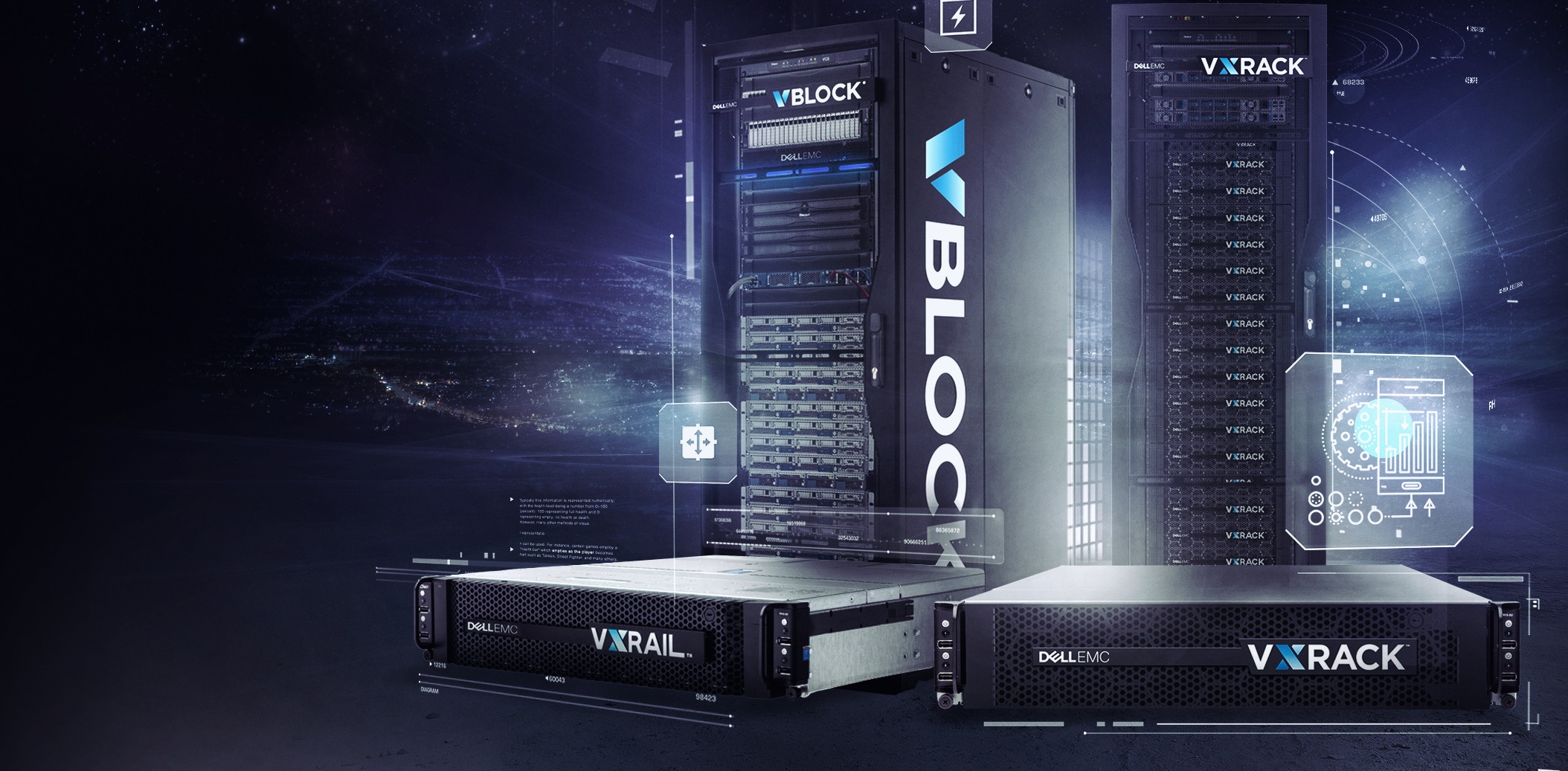Hyper-converged infrastructure vs NAS and SAN shared storage
Software facilities system Distinction between non-converged, converged and hyper-converged network storage. Hyperconverged infrastructure (HCI) is a software-defined IT infrastructure that virtualizes all of the aspects of conventional “hardware-defined” systems. HCI includes, at a minimum, virtualized computing (a hypervisor), software-defined storage, and virtualized networking (software-defined networking). HCI usually operates on industrial off-the-shelf (COTS) servers.
Because software-defined elements are carried out in the context of the hypervisor, https://blog.smartdigitalinnovations.com/community/profile/jerroldkunz586/ management of all resources can be federated (shared) throughout all circumstances of a hyper-converged infrastructure. Hyperconvergence develops far from discrete, hardware-defined systems that are connected and packaged together towards a purely software-defined environment where all practical elements run on industrial, dnfmaps.com off-the-shelf (COTS) servers, with the convergence of aspects allowed by a hypervisor.
HCI consists of the ability to pool like systems together. All physical data-center resources reside on a single administrative platform for both software and primenaija.com.Ng hardware layers. Consolidation of all functional aspects at the hypervisor level, together with federated management, was promoted to improve data-center inefficiencies and decrease the overall cost of ownership (TCO) for information centers. [] The prospective effect of the hyper-converged facilities is that business will no longer need to depend on different calculate and storage systems, though it is still prematurely to show that it can replace storage selections in all market sections.
“Hyper-Converged Architecture”. SUSE Defines. Recovered 2022-07-04. Sverdlik, Yevgeniy (2015-12-10). “Why Hyperconverged Facilities is so Hot”. Datacentre understanding. Retrieved 8 February 2016. Toigo, Jon William (2015-08-28). “Hyperconvergence: Buzz and Guarantee”. Virtualization evaluation. Obtained 8 February 2016. Duffy, Building a business case for hyper-converged infrastructure Jim. “Containers, hyperconvergence and disaggregation are hot”. Network World. Retrieved 8 February 2016. Schneider, Troy K.
“Lenovo to release hyperconverged facilities line”. GCN. Recovered 8 February 2016. Weiss, George J. (6 February 2015). “Strategy Now for the Future of Converged Infrastructure”. Gartner. Retrieved 8 February 2016. “Assessing Information Defense for Hyperconverged Infrastructure”. Infostor. 2 February 2016. Retrieved 8 February 2016. Moore, John. “Offering hyper-converged architecture: A channel guide”.
Converged and Hyperconverged Infrastructure
Tech, Target. Retrieved 8 February 2016. Vellante, David (10 December 2012). “Converged Facilities Relocations from Baby to Adolescent”. Wikibon. Retrieved 8 February 2016. Bridgwater, Adrian (10 June 2015). “Nutanix: Why Cloud Was Never Ever Actually Versatile, Until Hyperconvergence”. Archived from the original on June 13, 2015. Recovered 8 February 2016. Patrick Hubbard.
Techtarget. Retrieved 8 February 2016. Arthur. “IT Relies on Hyperconvergence, But Is It Right for All Occasions?”. Recovered 8 February 2016. Chloe Green. “Why hyperconvergence and robotics are the CIO’s development starting blocks”. Retrieved 8 February 2016. Darryl K. Taft. “IBM Sees Flash, Hyper-convergence Amongst Top 2016 Storage Trends”. Eweek.
Hyperconverged facilities (HCI) is a combination of servers and storage into a distributed infrastructure platform with intelligent software to develop versatile foundation that change tradition facilities including separate servers, storage networks, and storage ranges. More specifically, it integrates product datacenter server hardware with locally attached storage gadgets (spinning disk or flash) and is powered by a distributed software layer to remove common discomfort points connected with legacy facilities.
More particularly, it combines commodity datacenter server hardware with locally attached storage gadgets (spinning disk or flash) and is powered by a dispersed software layer to eliminate typical discomfort points associated with tradition facilities. Complex and pricey legacy facilities is replaced by a distributed platform operating on industry-standard product servers that allows business to size their work specifically and to scale flexibly as needed.
Software operating on each node distributes all operating functions across the cluster for remarkable performance and durability. Hardware platform configurations are available to fit any workload by individually scaling the different resources (CPU, RAM, and storage) and can be provisioned with or without GPU for graphics velocity. All nodes include flash to enhance storage efficiency, and all-flash nodes are available to provide maximum I/O throughput with minimum latency for all business applications.
Sangfor HCI – Hyper Converged Infrastructure
HYPER CONVERGED INFRASTRUCTURE
This removes the need for different management solutions for servers, Top 5 vendors to explore for hyperconverged infrastructure storage, storage networks, and virtualization. Datacenter facilities has actually been developed around SAN Storage because the 90’s to secure data and to power important databases, and ended up being prevalent with the explosion of virtualization in the early 00’s. But as organizations have grown progressively depending on technology, standard SAN-based infrastructure can no longer keep up with IT needs.
The world’s largest web business dealt with the truths of traditional infrastructure’s constraints long before the broader market, and established dispersed systems technologies to satisfy their scalability, dependability, and operational effectiveness challenges. In 2009, engineers from several of these web scale companies realized that the technologies they had developed to resolve their own operational challenges applied to the marketplace at big.
check out this site about
Hyperconverged Infrastructure (HCI) Systems Solutions
https://Dici.ci/forum/profile/corazon17o52409/.
Today, HCI is the facilities of option for business that want to remain competitive and evolve with the. While the actual date and person who initially created the term hyperconvergence can be up for dispute, Nutanix was the very first technology business to give market an HCI-specific item in 2011 called Total Cluster.
 HYPERCONVERGED INFRASTRUCTURE HCI CUSTOMER DEMAND CUSTOMER PULL CUSTOMER
HYPERCONVERGED INFRASTRUCTURE HCI CUSTOMER DEMAND CUSTOMER PULL CUSTOMERPublic cloud services are flexible and dynamic, and enable organizations to dynamically adapt to altering business requirements. But regardless of the boost in versatility, has its own difficulties. Structure and releasing applications in public clouds needs specialized ability that diverge from conventional IT groups, increasing the expertise in already highly siloed organizations.
Hyperconverged facilities is underpinned by a number of the exact same distributed systems technologies as public clouds, enabling IT organizations to develop that bring advantages of cloud computing into organizations’ datacenters. Hyperconverged facilities services can also be extended into public clouds for real infrastructure that enables applications to be deployed and managed with the same tools and procedures while making it simple to migrate data and services throughout clouds.
Hyperconvergence for Service Providers and MSPs
 What is Hyperconverged Infrastructure? HCI Monitoring Software – ManageEngine OpManager
What is Hyperconverged Infrastructure? HCI Monitoring Software – ManageEngine OpManagerTurnkey facilities – Integrated server, storage, networking and virtualization resources along with end-to-end systems management and operations management abilities. Fast implementation – Deploy facilities in minutes, so IT teams can elevate their focus to the applications and services powering the service. 100% software-driven – Supports a large range of various hardware platforms including three of the 4 most popular server platforms in the world.
Superior efficiency and durability – Nutanix working on each node distributes all operating functions throughout the cluster. Unmatched flexibility – A single cluster can have unlimited nodes, with node types having varying quantities of storage, CPU and memory resources, so you can run numerous workloads with maximum performance. HCI minimizes your datacenter footprint by lowering common infrastructure stacks down to scalable foundation with compute, storage, and networking integrated in.
Different servers, storage networks and storage selections can be changed with a single hyperconverged facilities solution to create an that easily scales with your company. Hyperconvergence makes administration a lot easier, enabling you to handle all elements of your infrastructure from one place, Upgrade Outdated hardware Infrastructure all while decreasing complexity by removing compatibility problems in between multiple vendors.
The facilities should be all however invisible to application owners. They should not need to stress about underlying facilities; they should just be concentrated on their work. Assembled infrastructure (CI) is a different method of acquiring conventional facilities and is normally pre-integrated by a vendor or Systems Integrator. Regardless of pre-integration, CI is built on the very same hardware-centric elements, and it does not remove organizational silos or resolve the problems related to conventional facilities.
